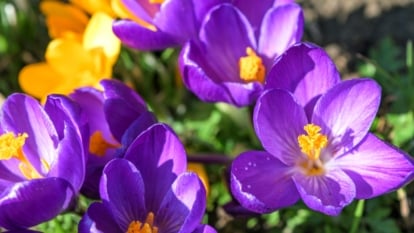Crocus are multi-colored flowers that emerge in early spring and sometimes in late fall. They produce short, brightly colored flowers that can light up any temperate garden or yard. These popular flowering plants emerge from tiny structures called corms in the ground. After the bloom, they will keep coming back year after year, requiring little maintenance or extra care.
There are several varieties grown for their colors and blooming season. One in particular is the autumn crocus (Crocus sativus), which is commonly known as saffron, the most prized spice in the world. Other flowers include the dark lilac-colored Dutch crocus and the late winter blooming Tricolor crocus.
Keep reading below to learn how to grow these magical flowers in your yard and garden.
Crocus Overview
Plant Type Perennial Corm | Native Area Asia, Europe, Africa Exposure Full sun to partial shade Watering Requirements Low | Pests & Diseases Rodents, deer, bulb mites, thrips, blister beetles, rot, smut, iris mosaic |
What Is It?
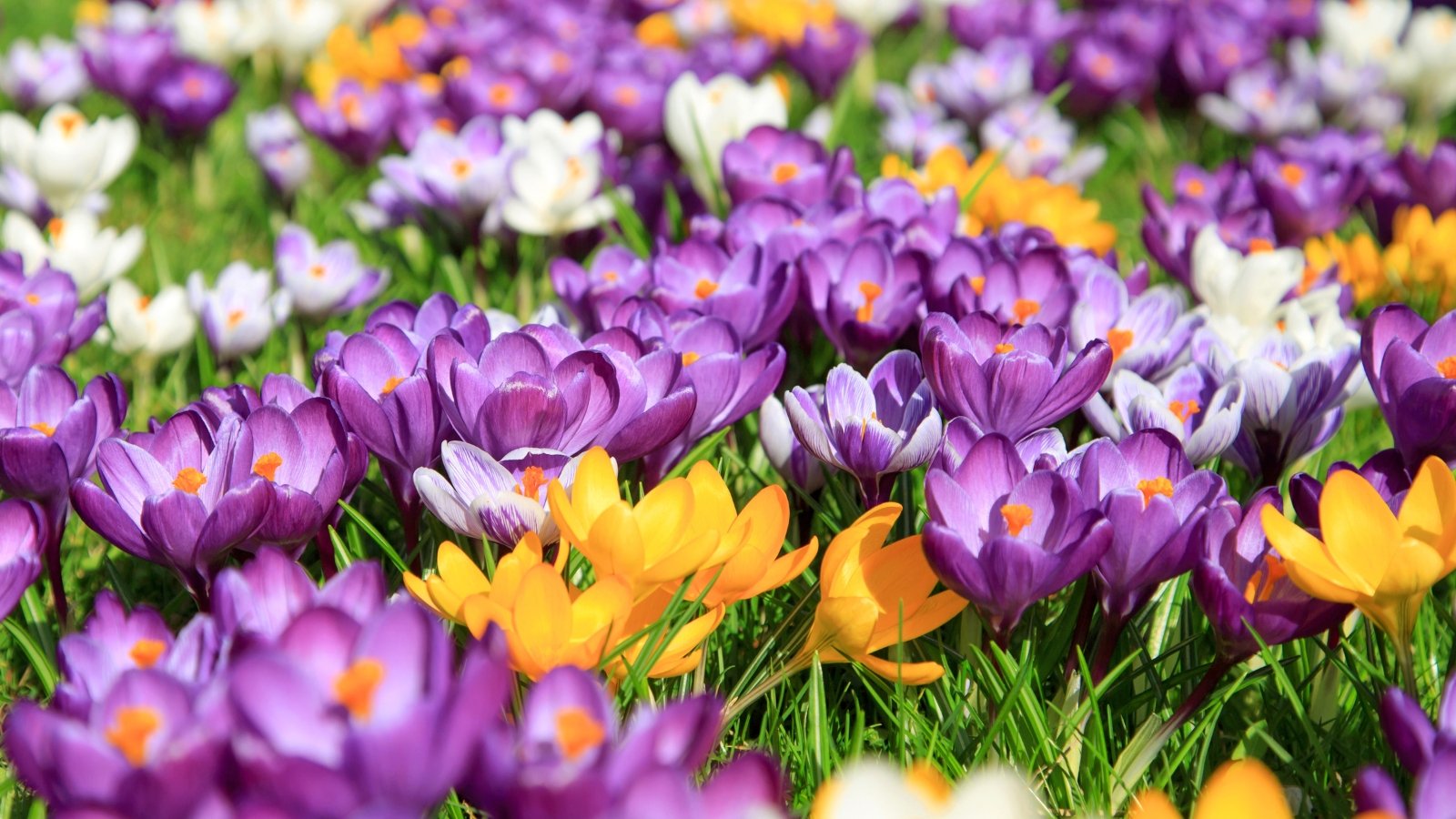
Crocus are small, colorful flowers, ranging from yellow and lilac to multicolored. Most varieties bloom in early spring, yet some bloom in autumn. Most grow especially well in cold climates with a lot of snow. Some prefer warmer climates with milder winters.
Farmers in ancient Minoan-era Crete and Egypt have grown crocus flowers since around 2,100 B.C.E. They are popular for their early blooms and for producing saffron, one of the world’s most sought-after spices. In many gardens across the US, you can plant this variable and colorful flower and enjoy intense blooms for years to come.
Characteristics
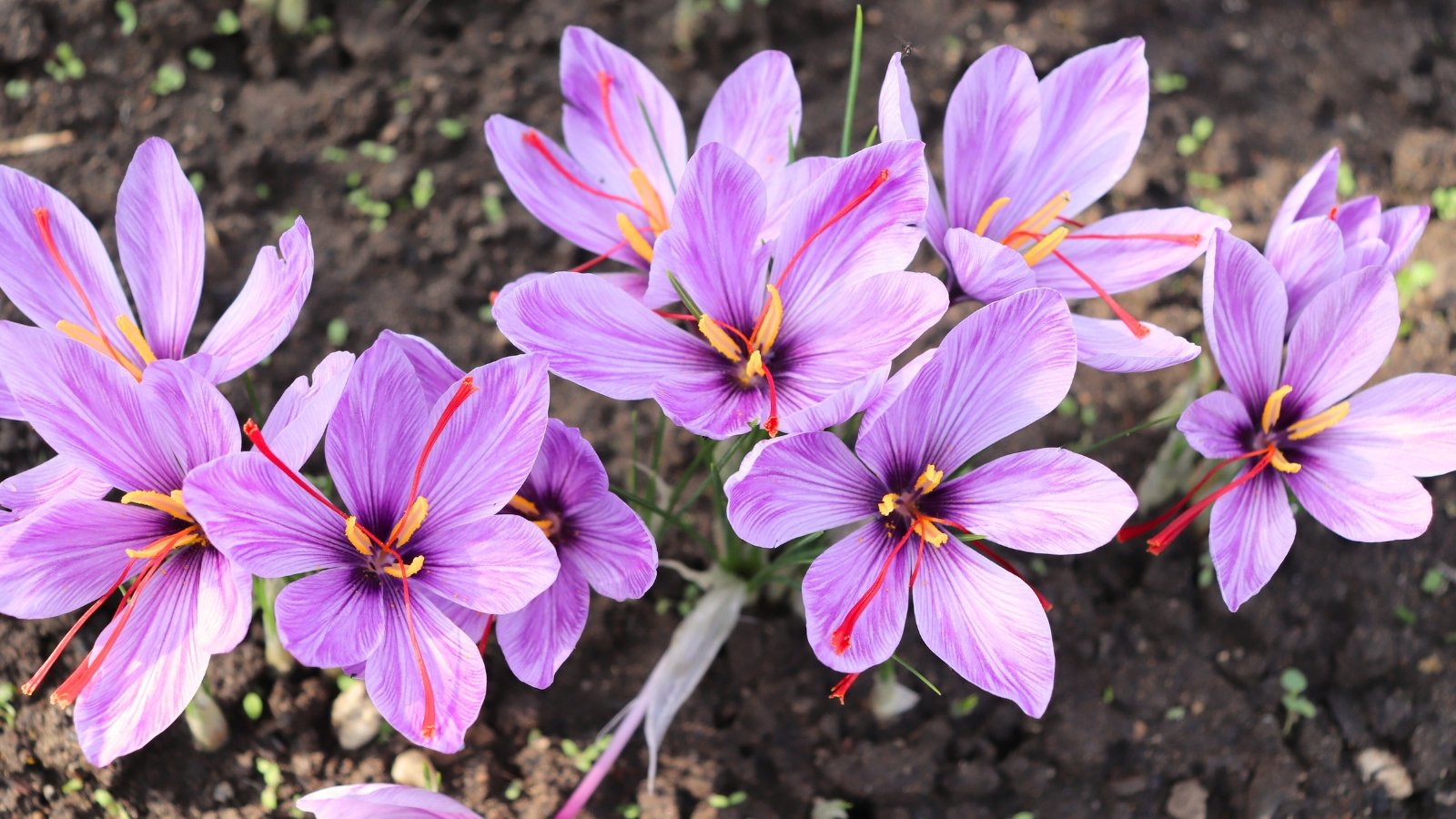
Crocuses are small flowering perennials that grow from corms which resemble small bulbs in the soil. They come from the iris family, which includes common irises.
The plant grows in a variety of conditions, from grasslands to woodlands. In the US, farmers have been growing crocus for centuries, including the spice saffron (Crocus sativus) since the 17th century. These corms flourish in areas with good rainfall and well-drained soil and can survive harsh winters.
They are great companions with other spring-blooming flowers, such as tulips and daffodils. Crocus flowers can add an early bright burst of color to your spring garden. They also become one of the first sources of pollen for bees when they bloom, making them a healthy addition to your garden.
Native Area
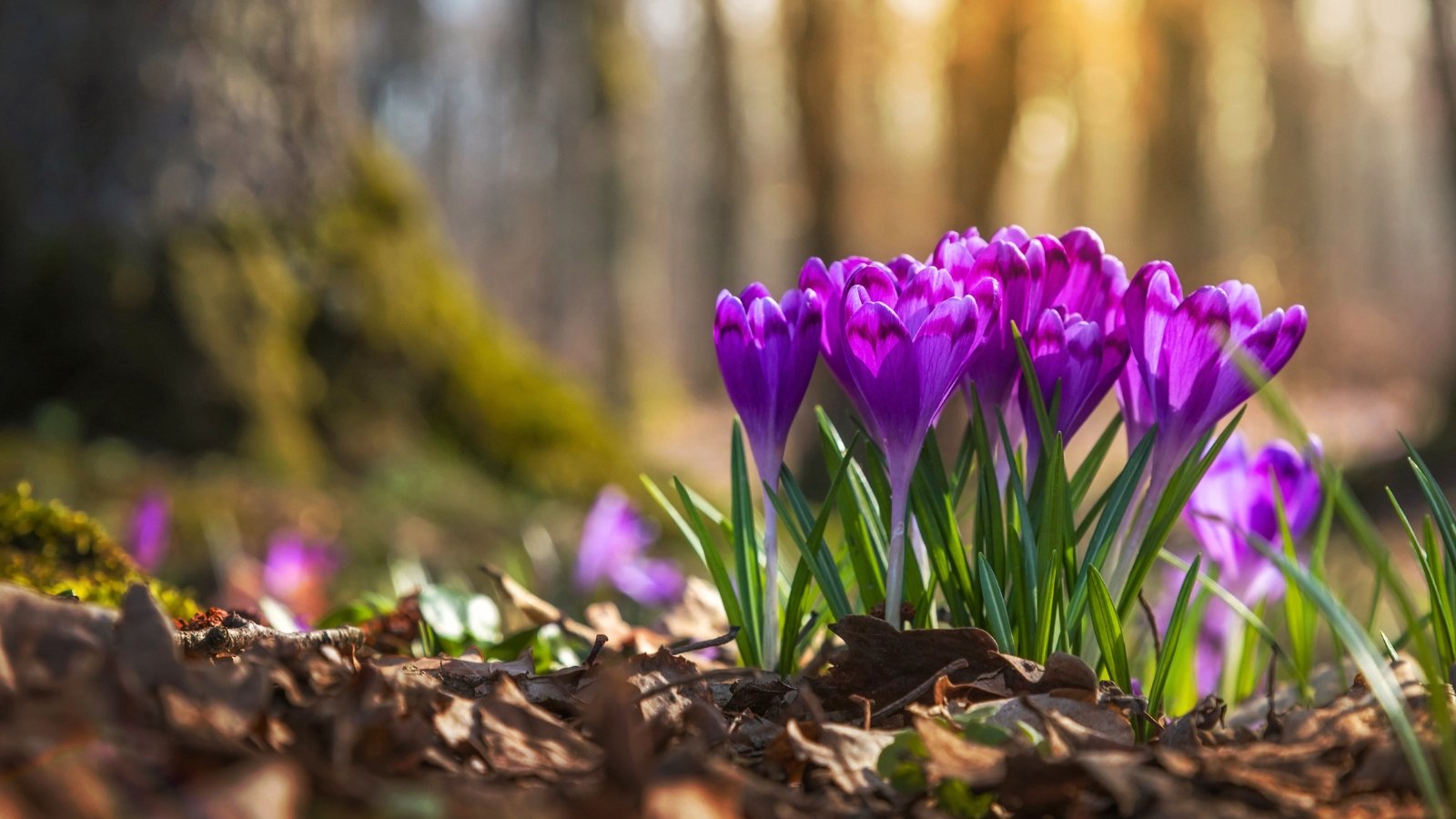
Crocus originated in the Mediterranean, Alps, and Southern Europe. Farmers quickly spread them throughout temperate Europe and the Middle East. The word crocus likely originated in ancient Greece with the legend Crocus, a friend of the god Hermes.
Many ancient cultures, including Greek, Spanish, Indian, and Middle Eastern, began using the edible stamens of the saffron crocus as a food crop. Saffron soon became an important spice and medicinal crop that spread throughout the region.
Today, there are almost 100 identified species of crocus flowers. Their ideal climate is temperate continental, with some species preferring a mild Mediterranean and temperate climate.
Planting
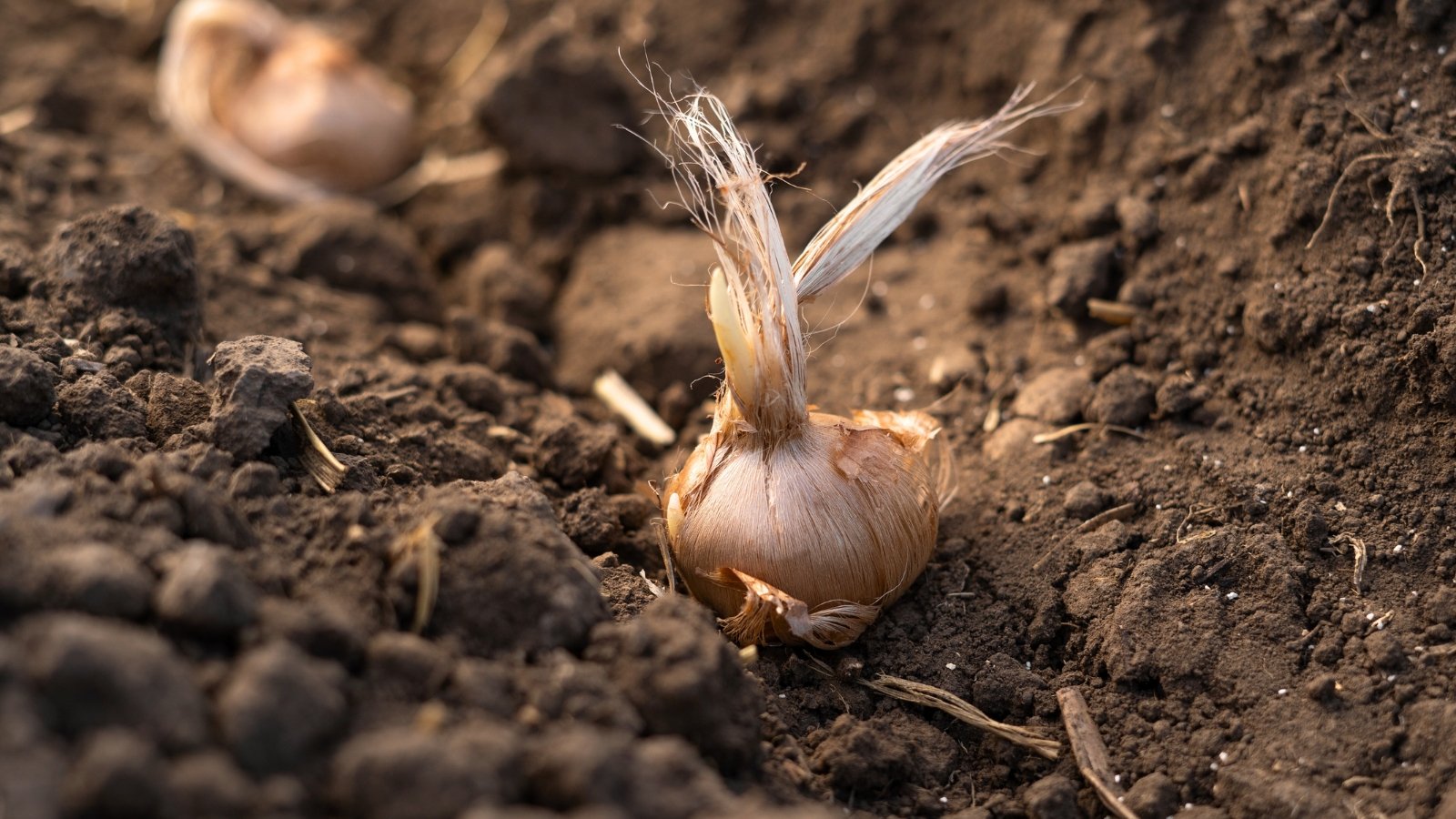
Crocus flowers grow best when you plant their corms directly in south-facing meadows or lawns or in containers in well-drained soil. Plant the corms with their sharp points up and flat side down at a depth of two to three times the corm height, or three to four inches deep. Space them twice their width apart or more to avoid overcrowding.
Get them into the ground up to eight weeks before the first frost of the season. This means in September and October in colder climates and November in southern states like Alabama and Texas. A long, cold winter season will give you extra intense blooms from most varieties.
You can plant them in partial shade, but they do best in full sun. You can create a diverse array of flowers if you plant them in groups of ten or 15. As the last frosts hit the soil in late winter and early spring, the plants will emerge. You should get flowers for at least three weeks for most species.
Transplanting
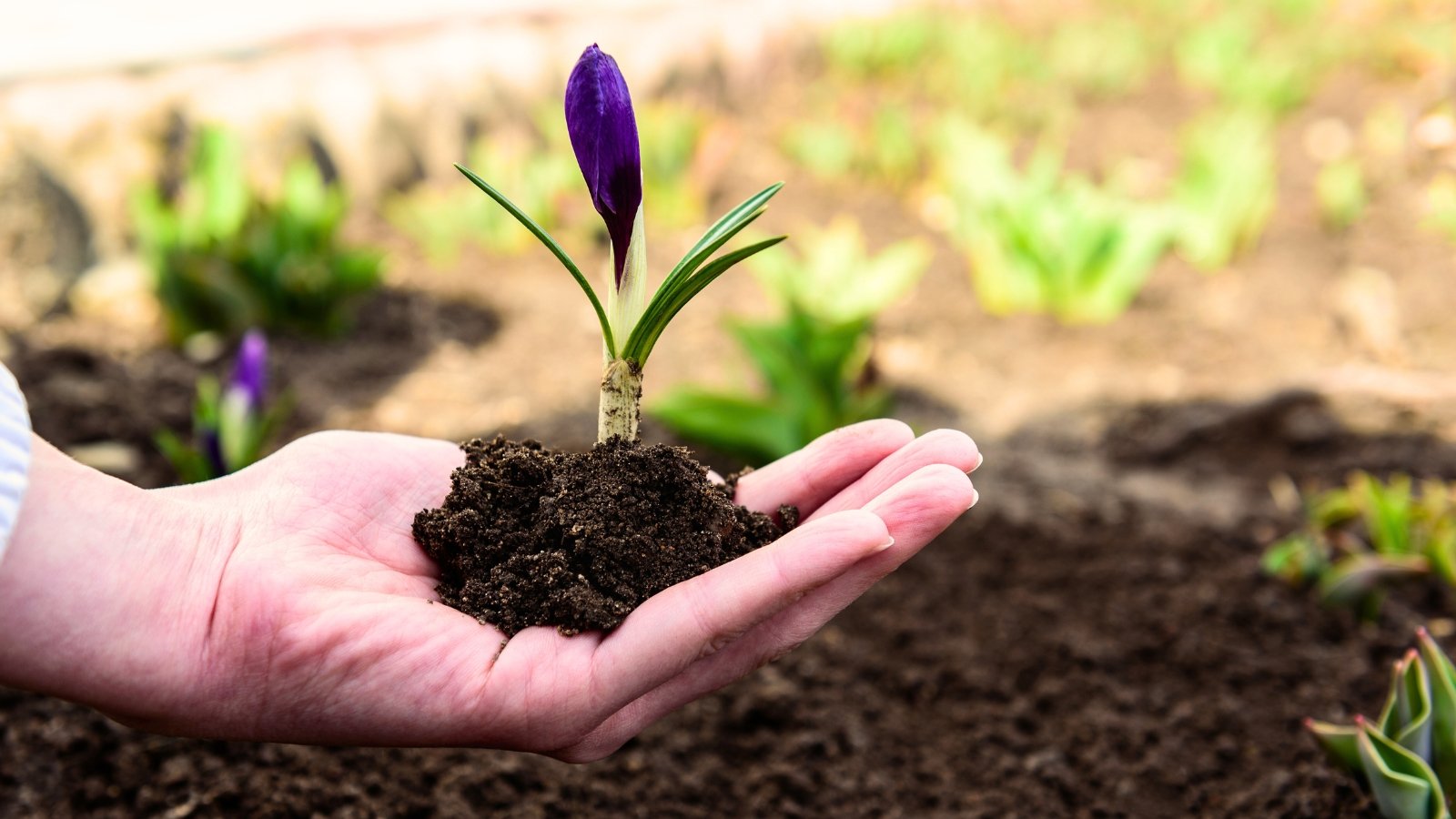
After their first year, the corms produce small offshoots around the mature corm. These baby corms or cormlets will grow around the parent plant in clusters. After the parent plant dies off, these cormlets will mature and produce flowers the following season.
You may notice that your flowers are blooming less intensely in the following years, usually after three to five years. This is usually because the new corms are growing too close together. When this happens or if you want to spread them throughout your garden, it’s time to transplant them with these steps:
- Gently use a spade or small shovel to dig around the corm or corms you want to transplant.
- Dig up any rotten corms and dispose of them.
- Find the small baby corms growing off the parent plant and carefully remove them. You may find several growing in one cluster.
- Carefully remove and separate them into individual cormlets.
- Transplant them in the soil in early fall in well-drained soil in yards, pastures, or lawns.
- You can also plant them in shallow planters or raised beds.
- Make sure the cormlets are spaced at least twice their width or more to avoid crowding.
Growing from Seed
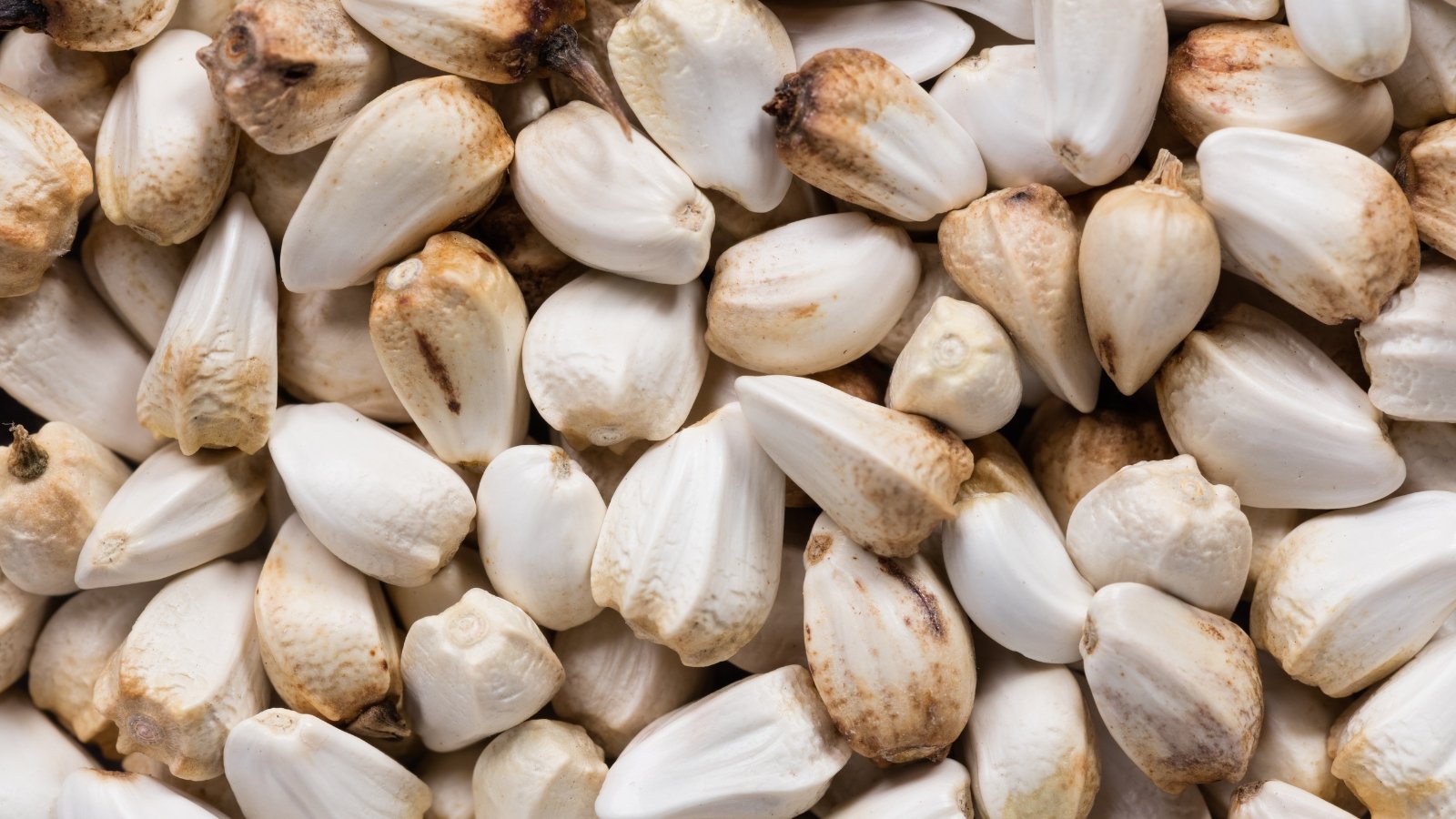
These intense spring flowers are much easier to grow from corms. However, if you want numerous plants for your flower garden or colorful yard project, you may want to collect their seeds and propagate them.
Like other flowers, these plants produce seeds after their flowers bloom. You can collect them in spring after the flowers die off. Alternatively, you can purchase seeds online from some seed suppliers and gardening stores.
Keep in mind that growing crocus flowers from seed is a lot harder than planting their corms and it may take several seasons for them to germinate. However, with a little patience and care, you should be able to propagate your plants by seed. To plant their seeds correctly, follow the steps below.
- Collect your seeds from the swollen spathes in late spring, after the plant’s final bloom. Or, gather your purchased seeds.
- Sow the mature seeds immediately after collecting or purchasing them in small pots, trays, or containers.
- Cover them with a mixture of compost and grit.
- Keep the soil moist but not waterlogged.
- Consider using an antifungal spray to prevent fungi from infecting the seeds.
- Let the seeds sit exposed to the cold during winter in a dry space. Unheated greenhouses or cold frames work the best.
- Between January and March of the following year, you should see the first signs of germination.
- Take them inside if there’s threat of extended frost.
- Transplant them into pots when they are large enough to handle and replant them the following year in a new soil mixture.
- After the third year, they should produce flowering corms that are strong enough to plant in your garden.
How to Grow
Crocus corms are easy to grow in a variety of climates. Once they establish themselves, they can last several years and produce bright flowers that add early color to your spring garden. Whether you plant them in containers or open spaces in your yard, they will look great for years to come.
Let’s take a look at how to grow these early-season bloomers correctly so you get the best-looking flowers for your garden.
Light
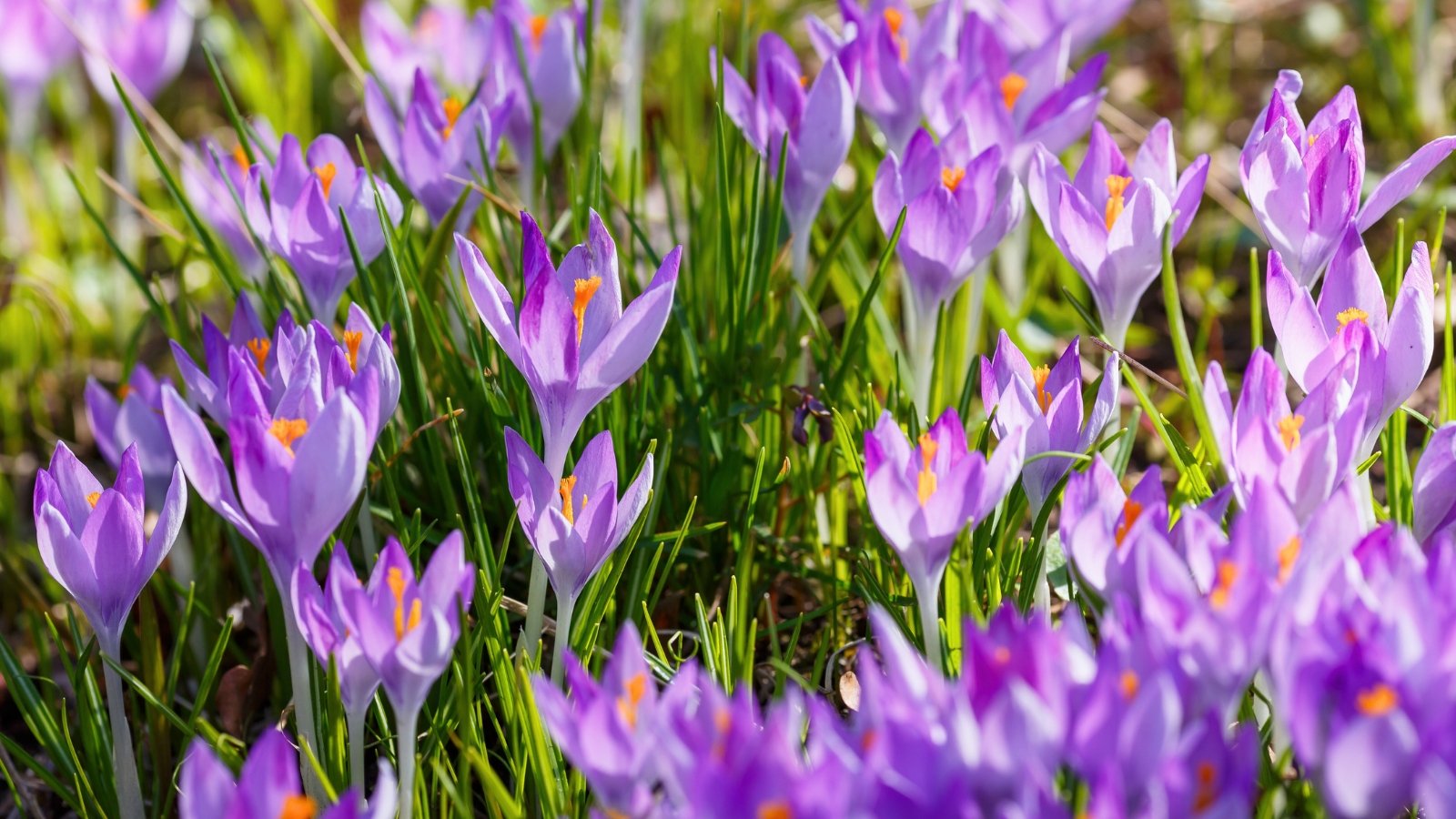
These early-blooming flowers love a lot of sunlight. Plant them away from shady trees and areas that block the sun. They can grow in partial shade, as long as they get more than six hours of sunlight, but prefer a lot more sun. If you grow them in containers, move them to sunny open areas in your yard.
One common trick for growing healthy plants is planting them on south-facing slopes. This will expose them to extra sunlight and create magical blooms. Sloped areas also help keep the soil well-drained.
Water
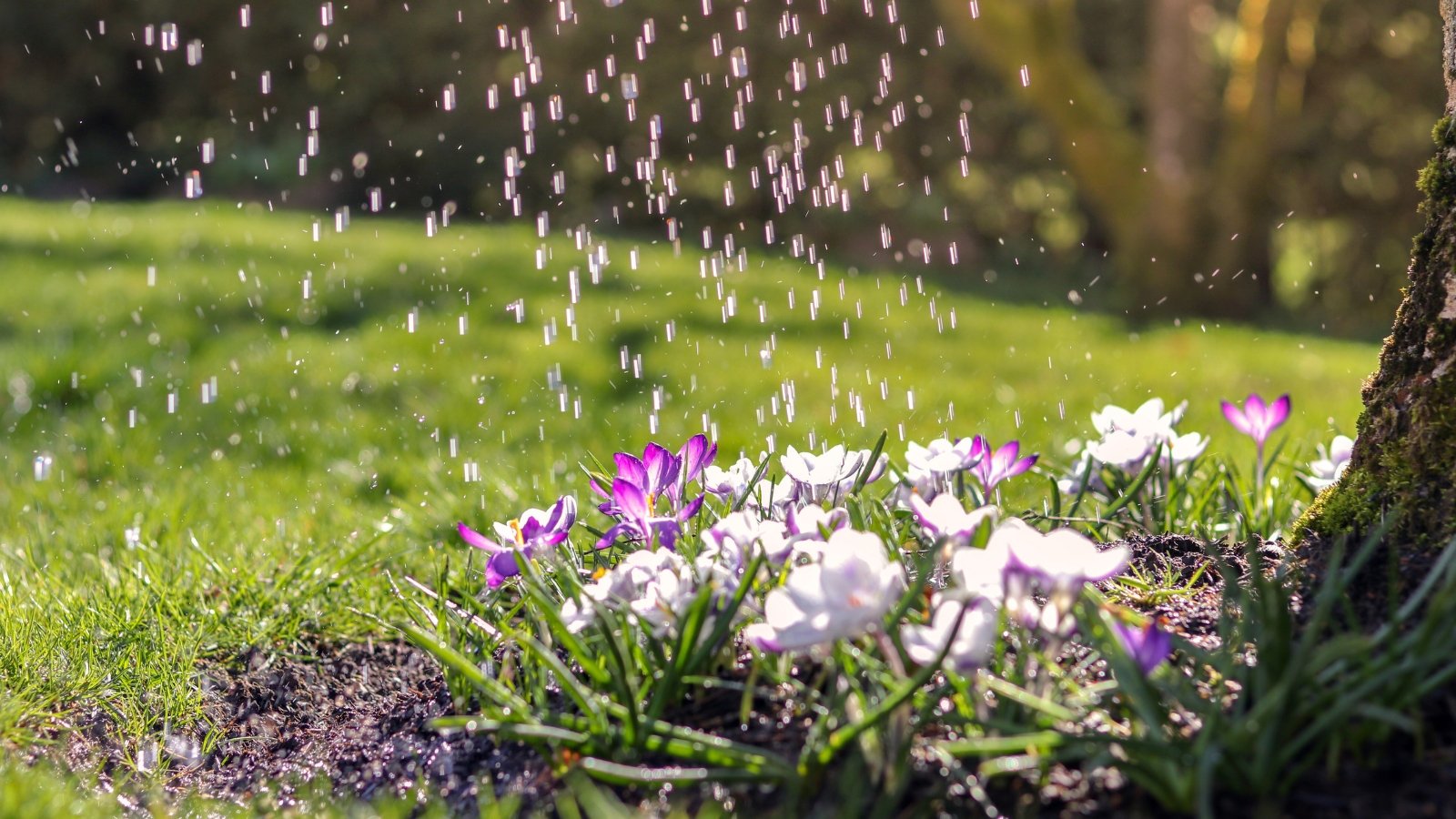
Keep your plants moist after planting them in the late fall. If there is no snow cover in winter, you’ll have to water them once a week or as long as the soil doesn’t dry out. Runoff from heavy snow will keep the plants watered sufficiently.
Avoid over-watering your plants. If you notice the soil becoming waterlogged, stop watering or transplant your corms to an area with better drainage.
Soil
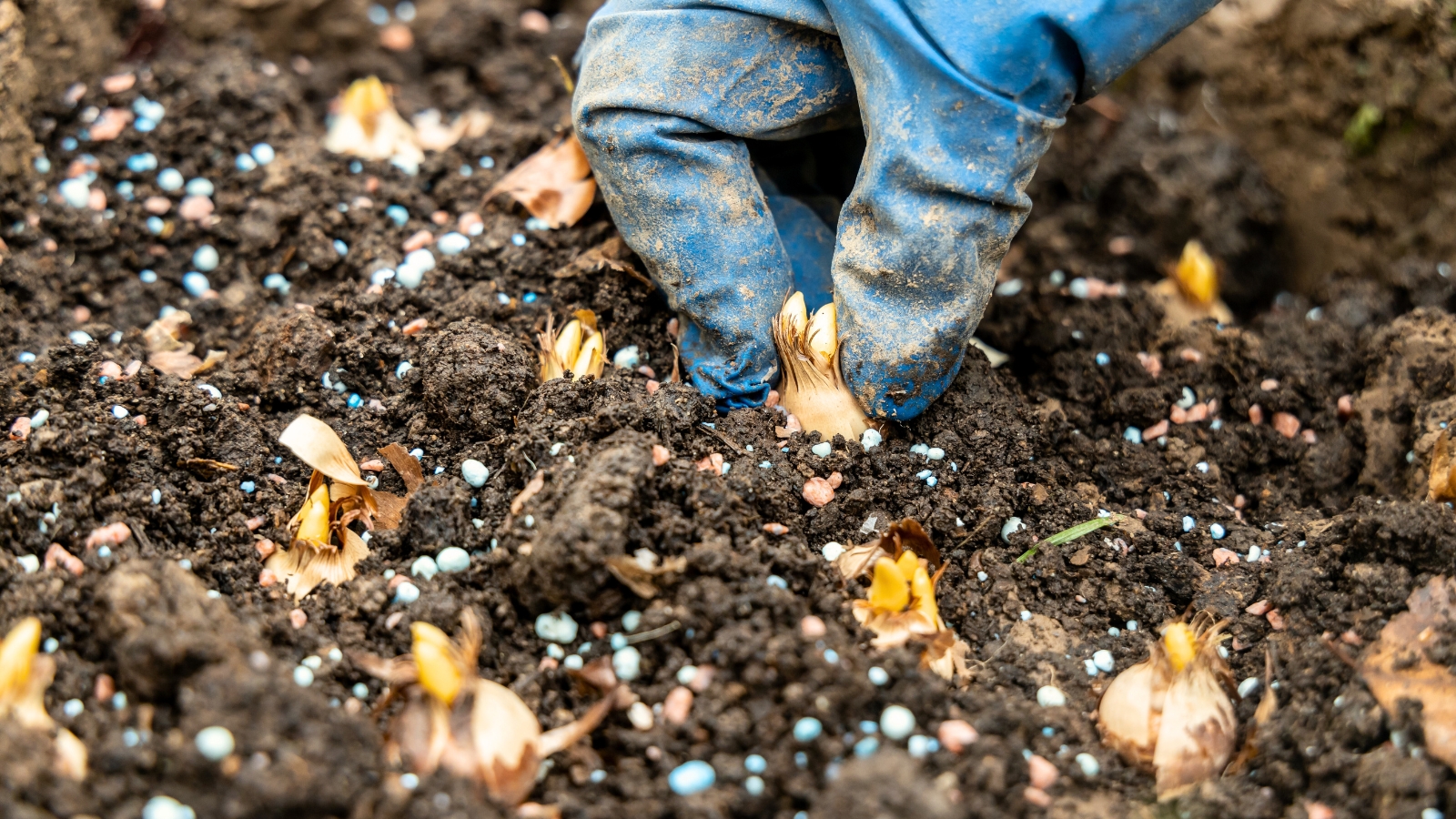
These cold-hearty additions to your garden grow well in soil with a neutral pH. To get the soil right, mix a multi-purpose compost with grit or potting soil. You can add a light fertilizer to the soil in late winter to stimulate germination and help them produce extra carbohydrates in their corms.
Besides pH, the most important thing is to keep the soil from becoming too saturated. Waterlogged plants will rot and fail to produce vivid flowers. This is why it’s important to plant them on a slope or in containers with extra drainage.
Temperature and Humidity
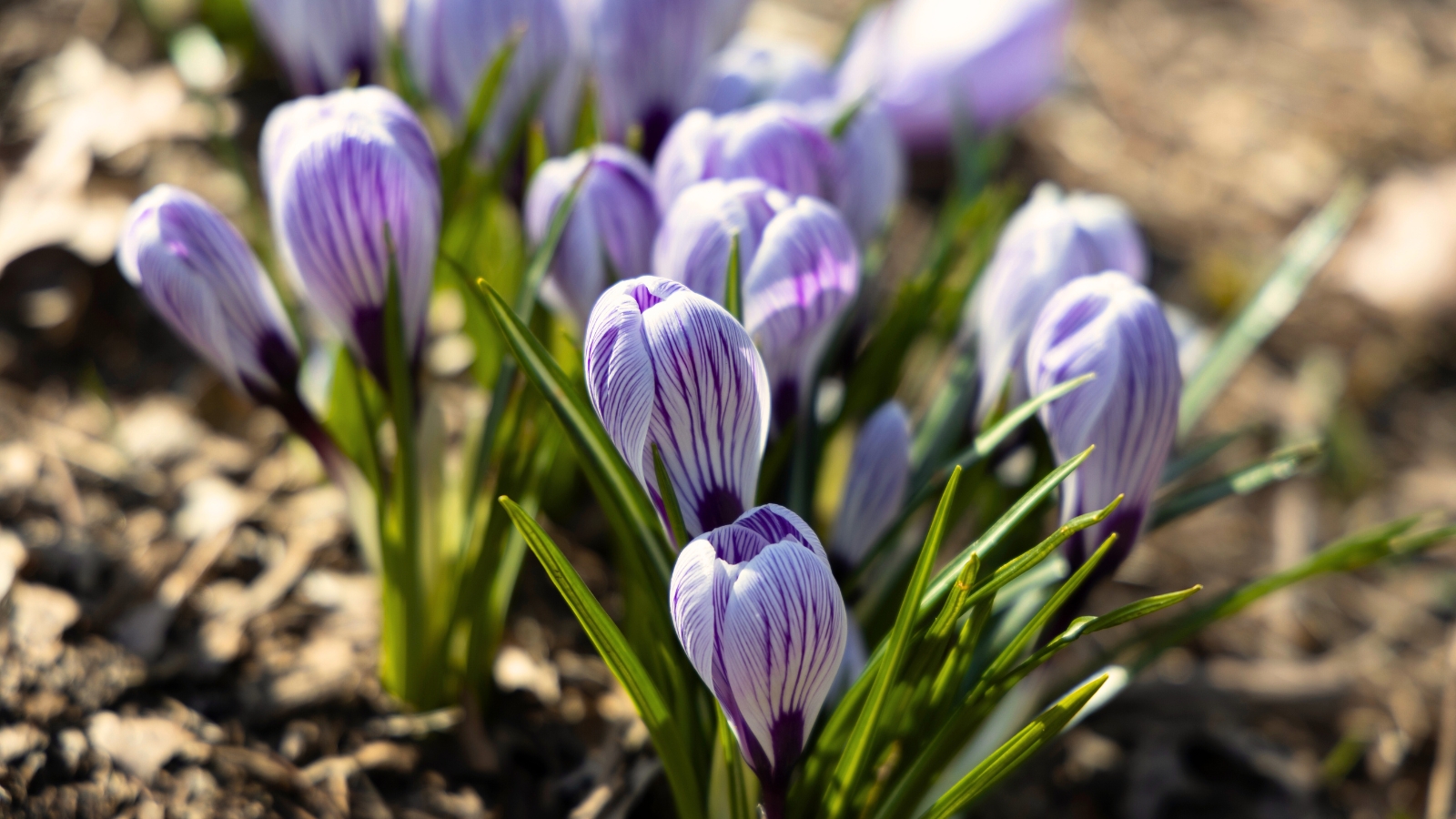
Crocuses thrive in USDA Hardiness Zones 3-8. This means that you can grow these beautiful flowers from northern Minnesota to Alabama. Some species, such as the Snow Crocus and Dutch Crocus, prefer colder climates and heavy winters for full blooms.
In dry climates such as Utah and Nevada, you may have to keep your plants watered throughout the growing season. They thrive with a little humidity and most species grow healthier in areas with long, cold winters.
Fertilizing
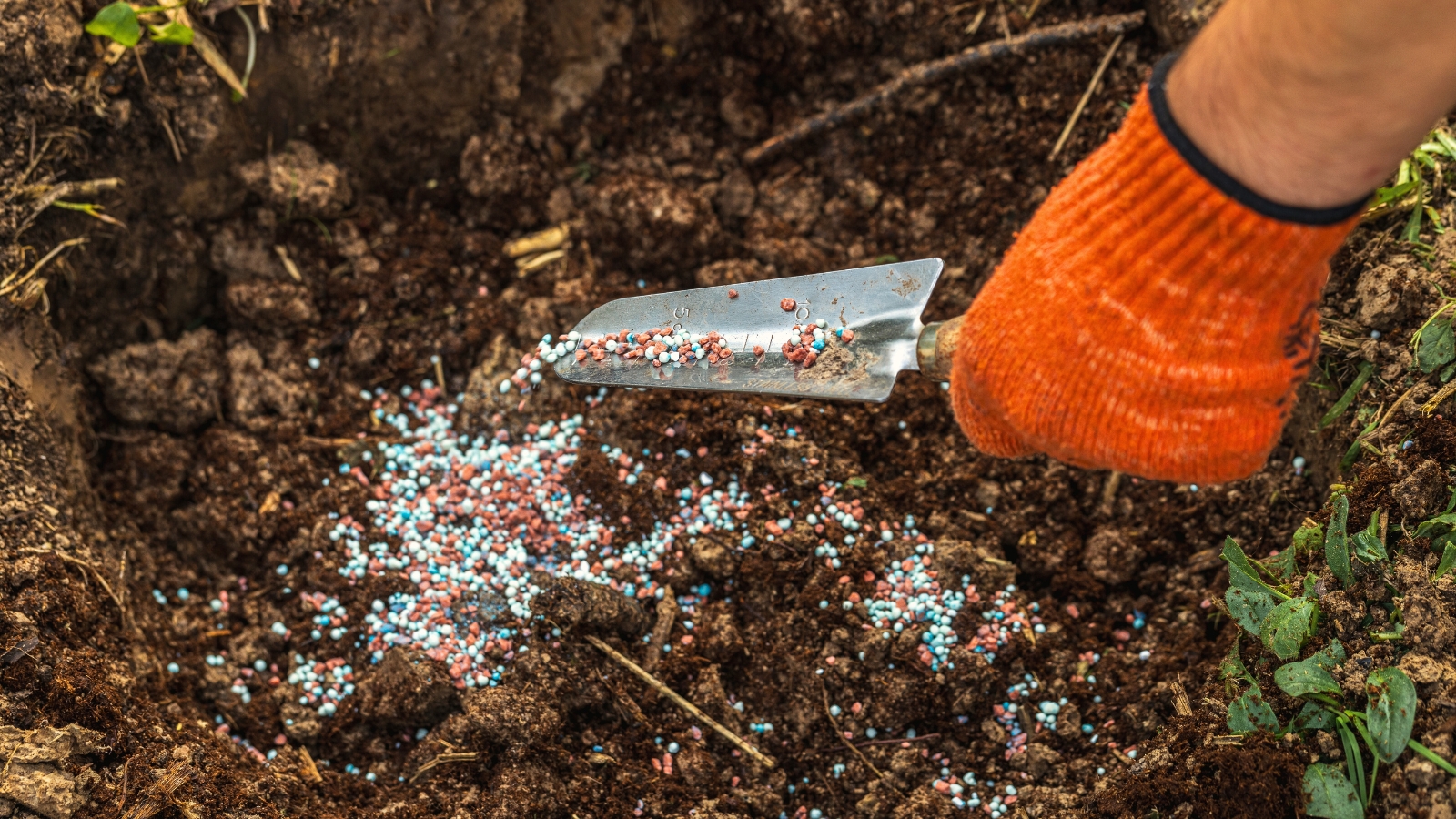
As long as your soil has a neutral pH, it isn’t necessary to over-fertilize your crocus. If you have soil that lacks nutrients, try adding a small amount of Seabird Guano to the soil in the fall as the new roots are taking hold in the soil.
If you over-fertilize your plants, you may notice yellowing or stunted growth. At its extreme, overly fertilized soil will cause your corms to rot and kill your plants. If you notice any of these changes, remove built-up fertilizer from the soil immediately.
Maintenance
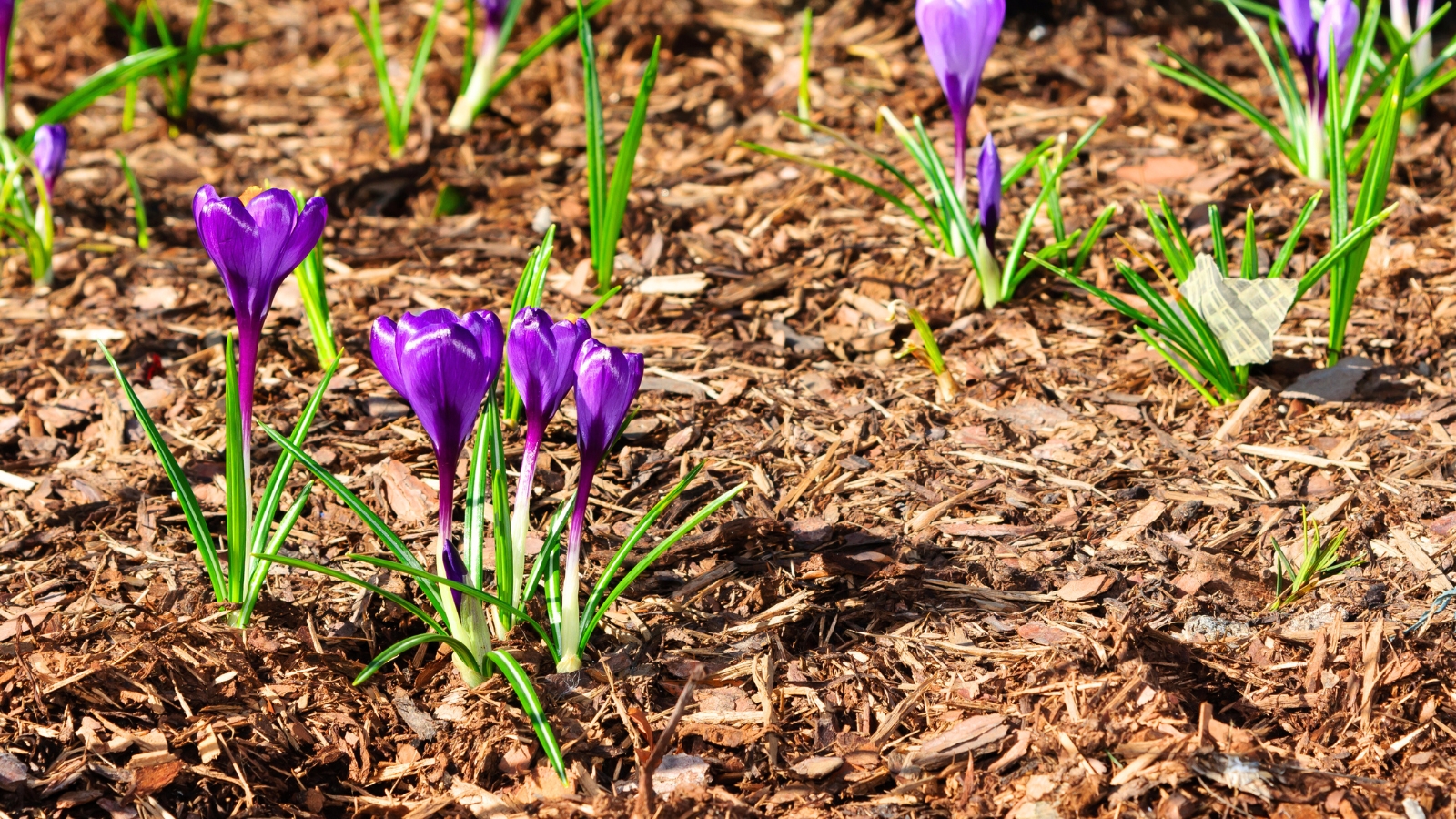
These vivid flowers require very little maintenance to perform their best. You don’t have to prune your plants and it’s best to leave them to wilt naturally. When this happens, the wilted leaves send nutrients back into the corm, keeping it healthy and energized for the next season.
Unlike some other flowers, you don’t have to worry about deadheading. This is the process where removing dead flowers increases new flower growth. Crocus plants perform better when they wilt undisturbed.
Overwintering your plants can be helpful, especially if you live in a region with a lot of snow. Before the first snowfall, place a thin layer of mulch above your plants. Remove the mulch in late winter before the first buds break.
Propagation
Divide your plants by digging into the soil after two or three years and selecting healthy new corms called cormlets. You can simply take these baby plants and replant them in your garden or container. After a few seasons, you should be able to produce a bountiful crop of corms to propagate in your garden or gift to fellow gardeners.
Division
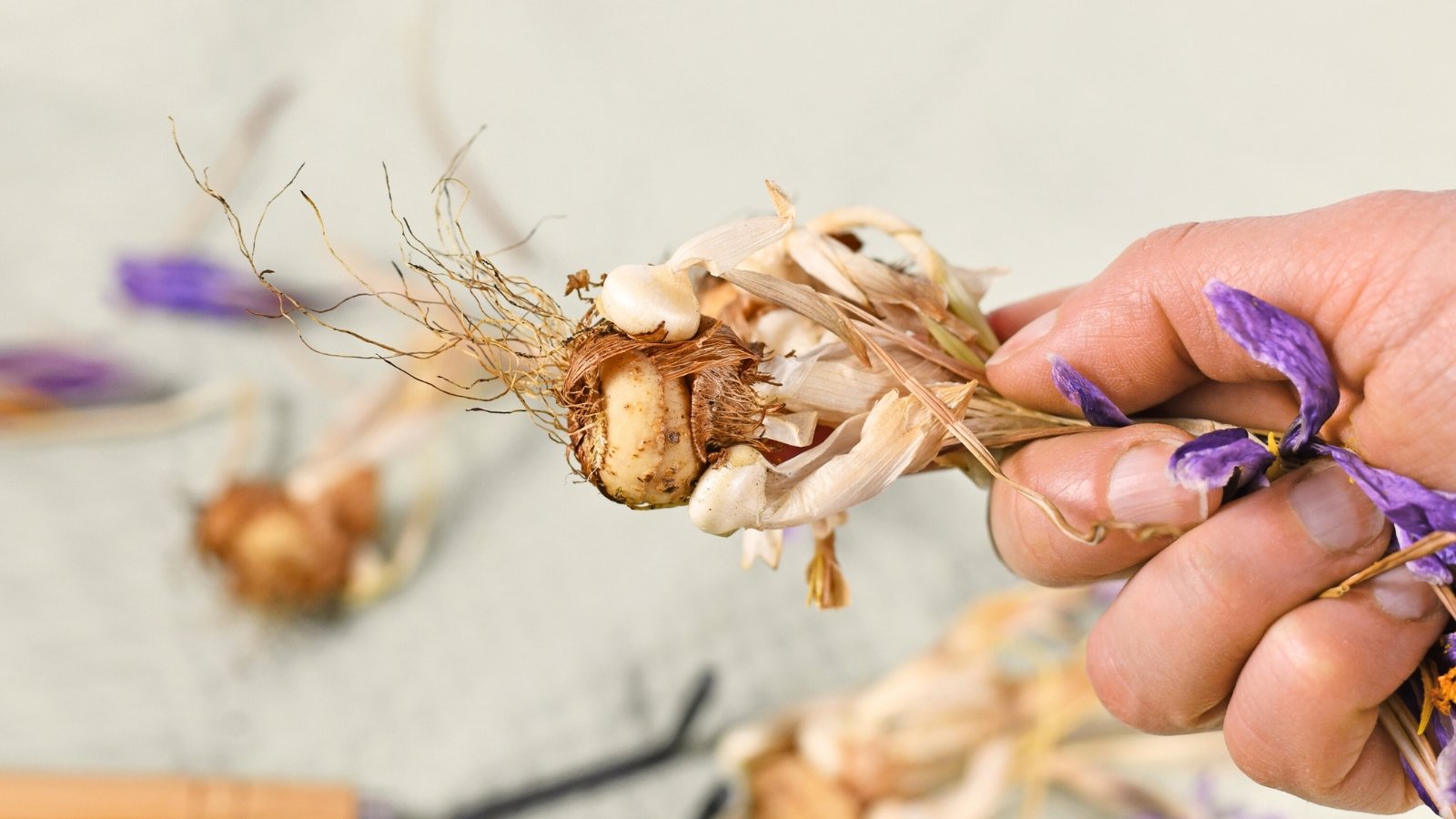
After three to five years, crocus corms will start to overcrowd each other. When this happens, you’ll notice a reduction in flower vibrancy and at times hardly any blooms at all.
Fortunately, it’s easy to propagate your plants by division. This gives them space to thrive and gives you even more flowers for the following seasons.
Below are a few steps to propagate your flowers by division.
- Divide in the late fall, after the last frost, when the corms are dormant.
- Carefully dig into the soil to not bruise or harm the cormlets.
- Carefully separate the cormlets from the main corm.
- Replant your cormlets in well-drained soil or containers with light fertilizer and porous soil.
Harvesting and Storage
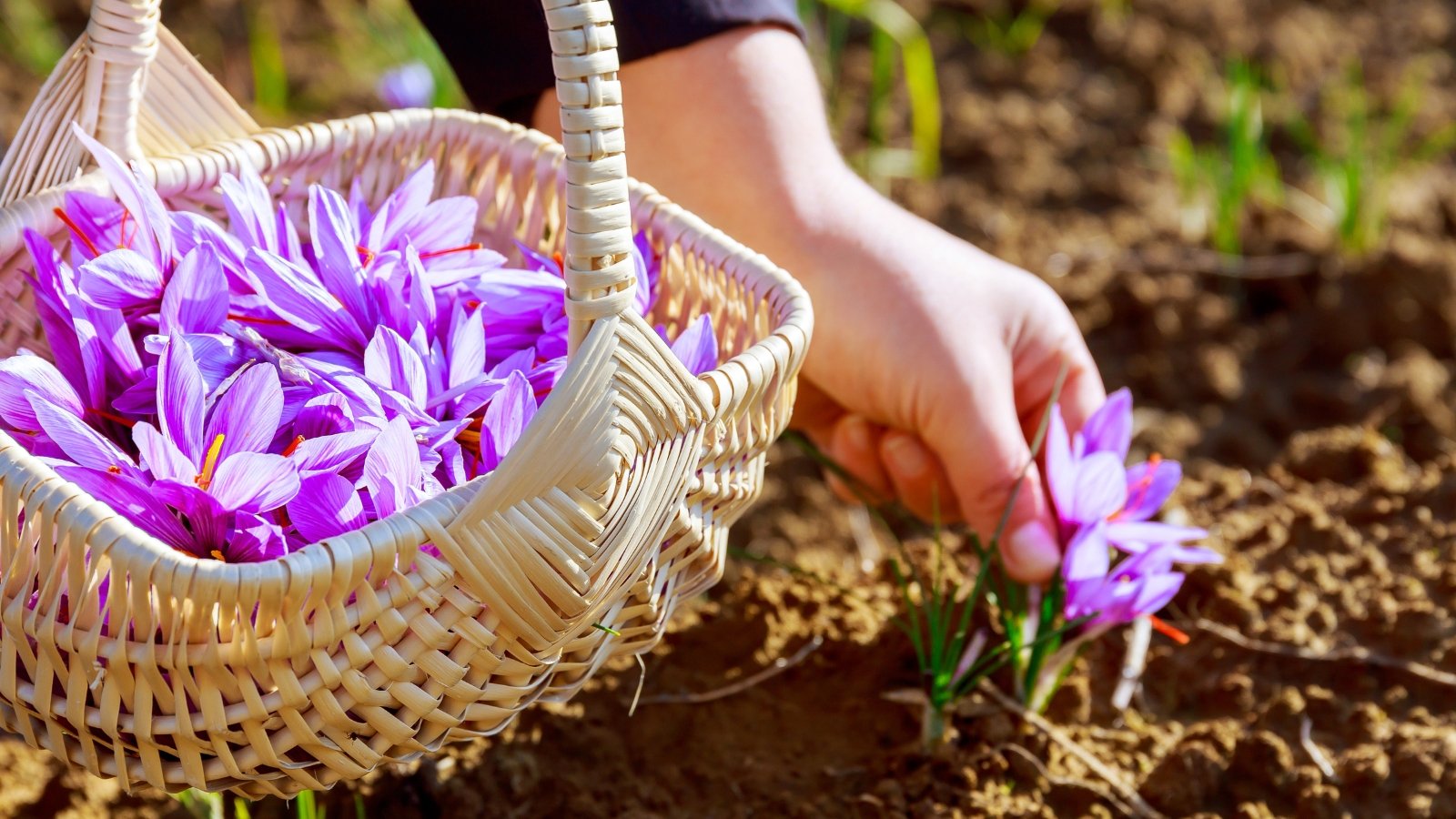
Because of their small size, most crocus flowers are best left in the grown or container. The exception, of course, is the spice saffron. To harvest saffron stigmas, wait until mid-morning and carefully cut the bottom part of the flower. On a table or flat surface, carefully remove the bright red stigmas with tweezers and quickly use or dehydrate.
If you harvest your cormlets in the fall to propagate them, make sure to wrap them in paper and store them in a cool, dark space. Make sure they stay dry and that they do not make contact with each other. Try keeping them in a cool garage or shed that stays just above freezing during the winter. This maintains a state of dormancy through the cold up to spring.
Common Problems
There’s a reason why crocus flowers are such popular additions to gardens around the world. They’re easy to grow and most varieties require little maintenance. However, there are a few common pests and diseases to watch out for.
Pests
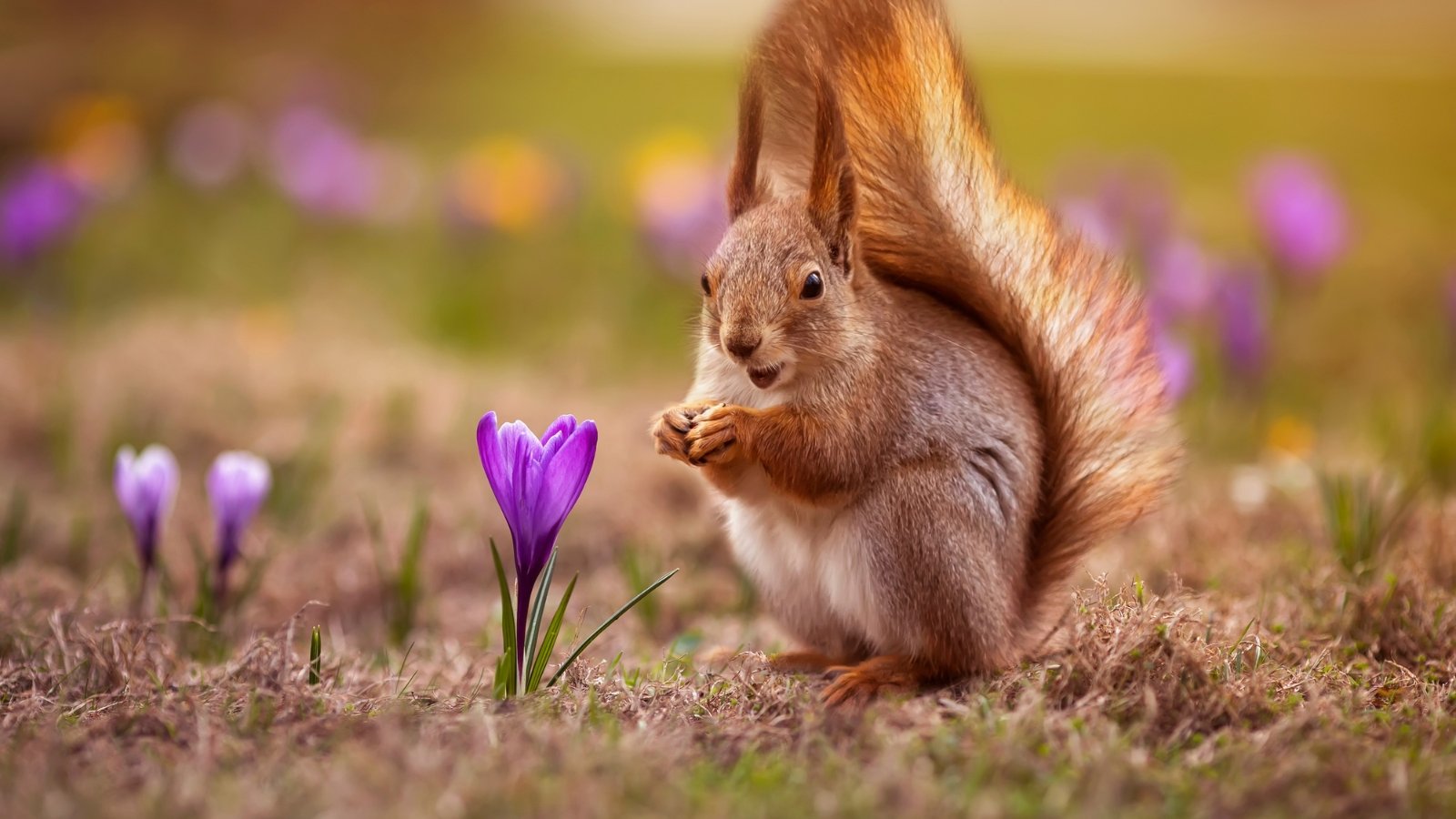
These striking plants grow from a corm, which is like a natural battery for the plant. It’s also very tasty for small mammals. This is why you may find some critters taking a liking to your crocus garden.
Mammals such as squirrels, gophers, mice, and rabbits all have an affinity for them. When the temperatures are at their coldest in winter, these animals will go all out for a bite.
Nematodes or mites can also infect the corms of your plants. These small pests will cause your plants to look wilted and yellow. The only way to help your plants is to dig up the infected corms and replant the healthy-looking ones in new soil.
Thrips are a common pest of plants in the Iridaceae family. If you see them making white and yellow spots on your saffron leaves, you’ve got them. However, using chemical controls is often not effective as they are in full swing by the time you notice them. Instead, prevent them by removing spent flowers.
Blister beetles can be a problem for crocuses, too. If you notice them, treat them like you would Japanese beetles. Smaller infestations can be knocked into soapy water. Wear gloves, as they can secrete an irritating fluid. Follow up with neem or pyrethrins when pollinators are not active.
Diseases
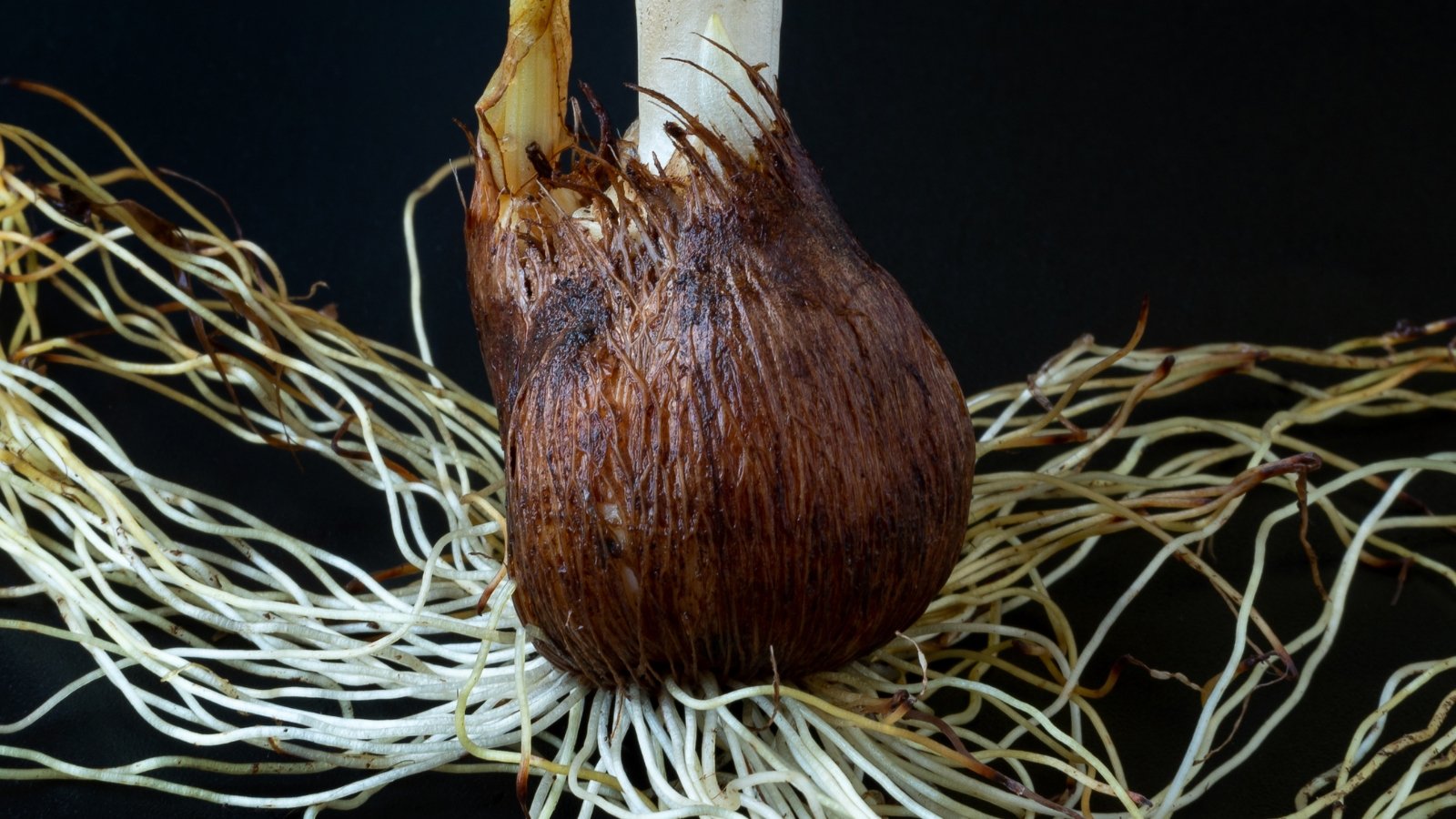
Aside from rare viruses, the main disease to watch out for is corm rot. This happens when the plant gets too much water and starts to rot from the inside, forming fungal diseases such as Fusarium, Aspergillus, and Rhizopus. You can avoid these diseases by planting your plants in well-drained soil and not over-watering them.
If you notice your crocuses taking on any signs of rot, like browning, wet, and wilted stems, you can attempt to recover them from the infected soil and replant them elsewhere. Remove any damaged roots in the process to prevent spread to another area of the garden. Fusarium-infected plants should be disposed of, and the soil should lay fallow or be solarized before planting in that area again.
Iris mosaic virus is a serious disease of iris family plants. This disease often originates with infected corms. Purchasing corms from a reputable source is the first line of prevention. Aphids may also spread the disease, and their control will stop the contraction of IMV. If you notice any smaller than normal flowers or leaves, as well as blotchy coloring, remove the corms, and burn them.
Frequently Asked Questions
You can grow your plants in USDA Hardiness Zones 3-8. This means that most crocus plants will thrive in areas as far north as northern Minnesota and as far south as Alabama.
No. Most spring and autumn crocus can cause some pretty painful gastrointestinal problems for your dogs and cats. Symptoms of consumption include vomiting and diarrhea. If you think your pet ate a crocus corm, call your vet immediately.
Yes! As long as your soil is well-draining and neutral in pH, you can use any container.
